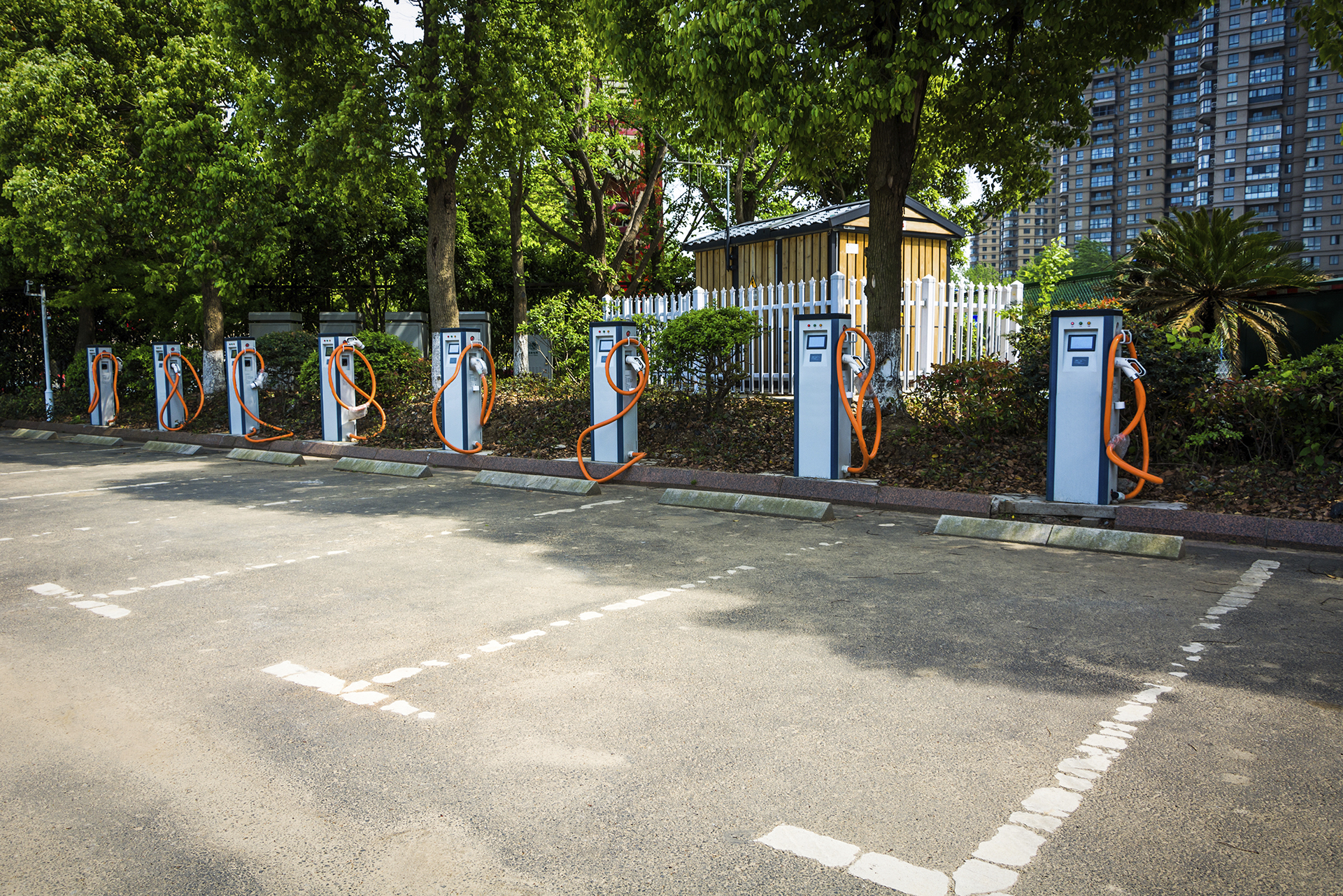How India's EV Charging Infrastructure is Evolving

India aspires to play a leading role in climate change discussions, and in line with this vision, the government is actively promoting sustainable mobility within the automotive sector. A strategic plan is in place to boost electric vehicle (EV) sales by at least 30% by 2030.
According to reports from Bloomberg New Energy Finance, India is projected to have 44 million EVs on its roads by 2030, aligning with the government’s ambitious EV 30@30 initiative. The Faster Adoption and Manufacturing of Hybrid and Electric Vehicles (FAME) scheme has played a pivotal role in kick-starting the widespread adoption of EVs in the country.
However, the current scenario reveals that there is only one charging station available for every 135 EVs. The question is: Will the charging infrastructure in India grow to facilitate the quick adoption of EVs?
Advancements in the EV Charging Market
The success of the EV revolution in India hinges on the establishment of a robust charging infrastructure. Consequently, the government has committed substantial resources to invest in the EV charging market, leading to a rapid increase in the number of charging stations across the country. Several important developments have emerged from this initiative:
Mutually Beneficial Collaborations
Recognizing their interdependence, EV manufacturers and charging station operators have entered into mutually beneficial partnerships to expand the EV charging infrastructure in India.
Clean Energy Initiatives
The Indian Government incentivizes industries utilizing clean energy by offering subsidies and tax exemptions. An increasing number of charging stations are now powered by solar energy.
Digital Integration
The EV platforms in India are embracing digitalization. Many charging stations feature digital repositories providing consumers with real-time data on mileage per charge. Additionally, manufacturers have introduced mobile applications enabling EV owners to monitor their car’s battery status and locate the nearest charging station.
Inclusion in Public Spaces
In line with the government mandates, fuel station owners with facilities exceeding 5,000 square meters, as well as similarly sized parking lots, are obligated to install EV charging stations.
Challenges in the EV Charging Market
While the progress in the EV charging sector is promising, certain challenges are hampering its growth:
High Investment
The charging industry needs substantive financial support from the government. Also, many venture capitalists are unwilling to invest in the industry because of the high installation cost.
Lack of Standardization Different charging protocols among manufacturers result in
compatibility issues which hinders the integration of EVs into the charging infrastructure.
Insufficient Grid Infrastructure
In certain regions, the existing grid infrastructure is
inadequate to support the massive demand for electric vehicle charging.
Limited Consumer Awareness
Widespread unawareness among Indian consumers about
the benefits of switching to EVs contributes to slow growth in demand for both EV
manufacturing and charging stations.
Conclusion
Will these challenges stop the growth of the EV charging infrastructure in India? Certainly not… The on-going dialogues between the public and private sectors, along with collaborative efforts from small and medium-sized business owners, are actively addressing these issues. In the future, these collective efforts will undoubtedly drive a surge in the EV charging station sector.






